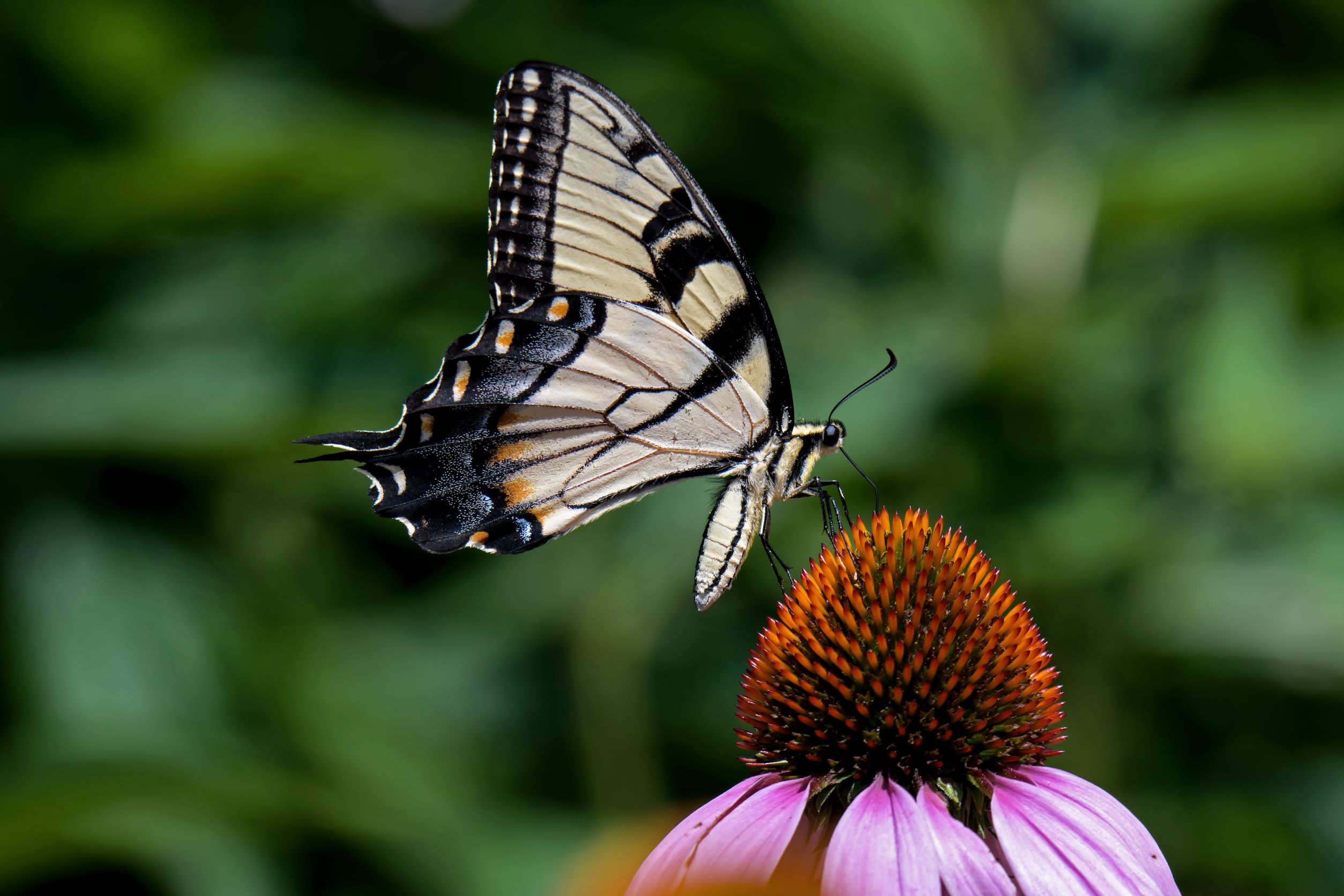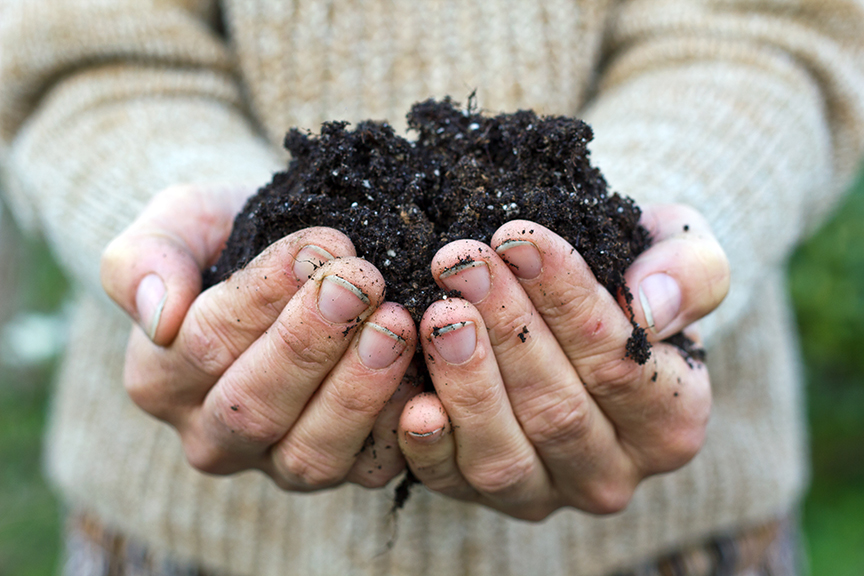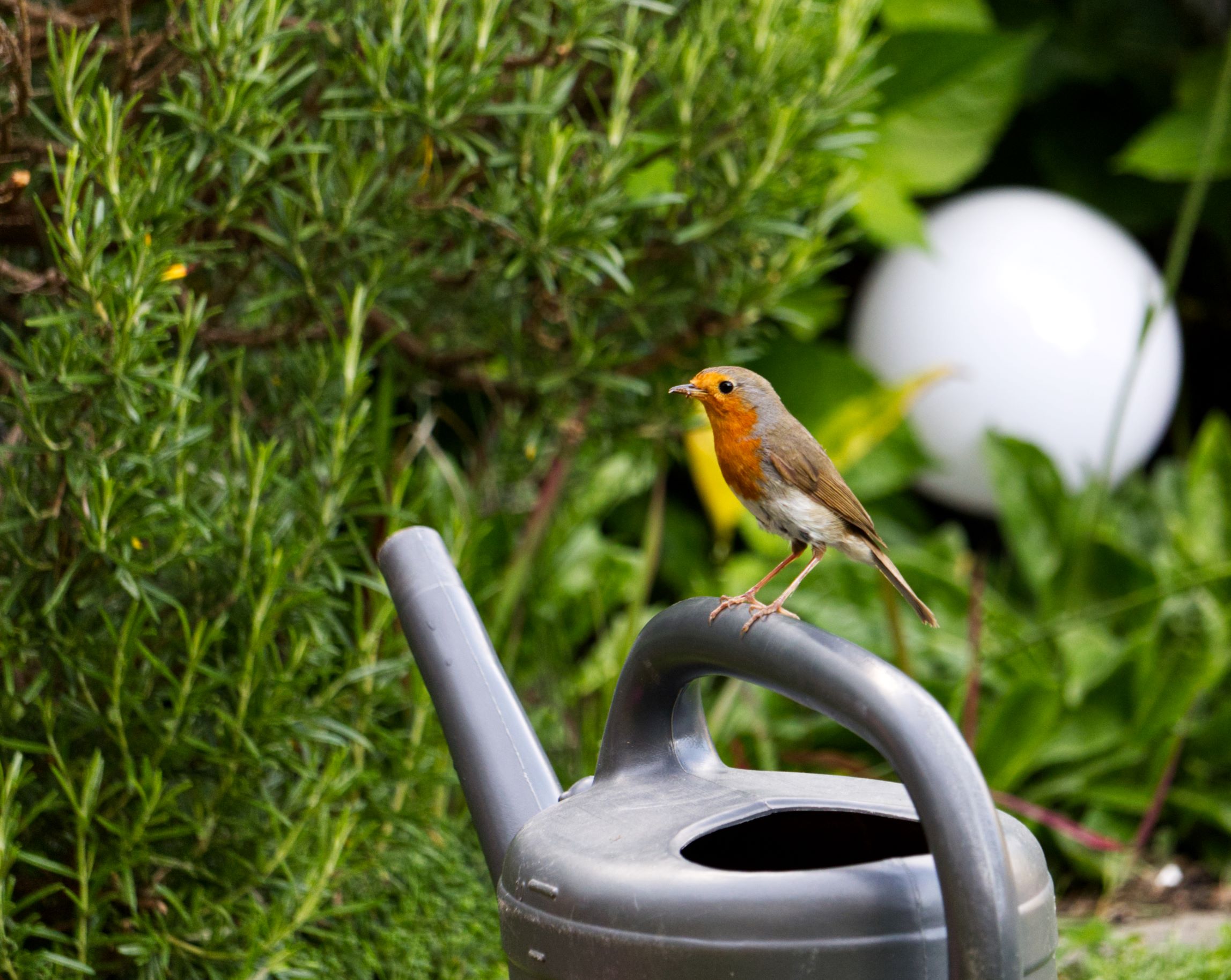 All year long, homeowners across the globe do everything humanly possible to improve their landscaping. And with the numerous plant and flower species available at the garden centers and nursery, they are spoiled for choice, and they can give their backyard any look they desire. Unfortunately, most homeowners don’t know how native plants can benefit the environment, garden, birds, and even pollinators, EcoPeanut said.
All year long, homeowners across the globe do everything humanly possible to improve their landscaping. And with the numerous plant and flower species available at the garden centers and nursery, they are spoiled for choice, and they can give their backyard any look they desire. Unfortunately, most homeowners don’t know how native plants can benefit the environment, garden, birds, and even pollinators, EcoPeanut said.
Native crops have evolved over the last few centuries to their habitat; therefore, they can thrive in their native area. And compared to exotic plants, the native ones can also save you time, cash, and resources. After all, just because a crop can grow in a particular region doesn’t mean that it should be planted there. Landscaping with exotic crops can increase your expenses and even outgrow the native plants.
8 Benefits of Planting Native Plants
1. They Can Attract All the Pollinators to Your Region
Native plants serve as food for native birds, butterflies, and bees. So if you plan on expanding your apiary, adding native plants in your compound can help you do just that. The native plants can even attract native bees into your beehives and help increase your production. So as a beekeeper, make sure you replace a huge percentage of the exotic plants in your garden with native ones.
And since these plants are known to attract native bees and butterflies, you should always have your professional beekeeping suit on when approaching the apiary to either harvest honey or monitor the condition of the apiary.
2. They Are Easy to Grow
Since they are already adapted to the environmental conditions of your home region, they are easier to grow and maintain than exotic plants, all you need are the seeds or seedlings and spade to transplant the seedlings. And if you have a small garden you can improvise and plant your crops using burlap bags.
Within a certain place or even a yard, not each area is equally hospitable to all native crops. The moisture and soil conditions tend to vary, and the gardener must pay attention to this when planting native crops, particularly when the soil has been imported, which is quite common with most new houses.
All native flowers and plants can grow on your farm, but each will thrive when planted in areas with the needed requirements for the plant in question. While these plants need less attention, the most carefree species will be the ones planted in spaces with the best growing conditions.
3. Require Little to No Fertilizer Crops indigenous to your region are used to the local soil and the nutrients they can provide. Therefore, they will find what they need to thrive and return the crucial minerals to the soil as they grow. So native plants and flowers don’t need as much natural or artificial fertilizer as exotic ones for them to enhance the natural beauty in your garden and attract native pollinators. Since they require little to no fertilizer, they pose fewer threats to the environment.
Crops indigenous to your region are used to the local soil and the nutrients they can provide. Therefore, they will find what they need to thrive and return the crucial minerals to the soil as they grow. So native plants and flowers don’t need as much natural or artificial fertilizer as exotic ones for them to enhance the natural beauty in your garden and attract native pollinators. Since they require little to no fertilizer, they pose fewer threats to the environment.
4. They Require Little to No Pesticides or Herbicides
Since they have thrived in your region for decades, they have evolved and are resistant to all the local diseases and pests. Therefore, you will never have to spray your garden with pesticides or herbicides as precautionary measures when your neighbor’s garden has an infestation. Local insects cannot damage these plants. Plus, some pesticides are toxic to other beneficial insects, so dealing with native plants will help keep these pollinators safe. Since you won’t be dealing with destructive weeds, then you don’t need to spray herbicides. Instead you should get rid of the weeds manually using a garden hoe.
5. Use Less Water
All plants and flowers can also benefit from the water in their native region. Native flowers are used to the rainfall in your area and are used to make the most out of it. Plus, native species don’t need additional watering in order to thrive. On top of that, they can also help improve the water supply in your area. These plants do the great task of absorbing and preventing runoff that may have pollutants. And this results in cleaner water downstream in places with lakes and rivers.
Native plants are the best option for planting in dry areas where you can be watering them using the collected rainwater. Luckily, there are numerous ways you can reduce the amount of water being wasted when watering the plants, and one of the best solutions is the olla watering pot. This pot is normally buried in the ground and releases small amounts of water directly to your native crops. And to prevent competition for the small amount of water in the soil, you should get rid of the unwanted weeds using an E-Z garden cultivator.
6. Better Resistance to the Local Weather
Native plants tend to withstand all the environmental changes in your region than non-native ones. Therefore, they can withstand harsher conditions and then grow back in the coming season. And every year these plants grow back is another year you don’t have to spend more cash to buy new plants to replace the ones that didn’t survive.
7. Rarely Invasive
A considerable percentage of the native plants are non-invasive; therefore, they will allow all the other crops and flowers to grow freely in your yard or garden. Invasive plants tend to make landscaping very hard. And that is because they control the growth of the other species in your yard, costing you money and time. With native plants, you will have more space in your garden to plant other species.
8. Helps the Wildlife As the local plants and flowers are uprooted to create room for development, the native wildlife loses its natural habitat and food supply. And this resulted in a considerable percentage of the native animals, insects, and birds dying off while the rest relocated. Destroying the natural habitat tends to upset the entire ecosystem. Planting native shrubs, trees, and other flora guarantee that the habitat and food supply of the native wildlife will always be there. Creating a new habitat by planting native plants can entice the birds, animals, and insects that relocated to come back.
As the local plants and flowers are uprooted to create room for development, the native wildlife loses its natural habitat and food supply. And this resulted in a considerable percentage of the native animals, insects, and birds dying off while the rest relocated. Destroying the natural habitat tends to upset the entire ecosystem. Planting native shrubs, trees, and other flora guarantee that the habitat and food supply of the native wildlife will always be there. Creating a new habitat by planting native plants can entice the birds, animals, and insects that relocated to come back.
Final Thoughts
Despite knowing all the above benefits of native plants, finding the right native flower or plant that can thrive in your garden can be quite challenging, but it doesn’t have to be. There are numerous resources that can help you find the exact plants that are native to your region, including the ones offered by non-profits, local and state governments. Once you find the exact native plant and flowers that can thrive in your garden, you can visit the local nursery and get more information from them. With native plants on your farm, you will never have to worry about your bees lacking nectar or the change in weather destroying your landscape. Plus, the fact that you can mix them with some exotic ones means that you can create a small haven in your backyard.
*****
 Lydia is a content creator at EcoPeanut. She’s an eco-minimalist and in her free time, she’s always looking for ways to spread awareness about sustainability.
Lydia is a content creator at EcoPeanut. She’s an eco-minimalist and in her free time, she’s always looking for ways to spread awareness about sustainability.




























[…] have a veggie garden? If you have a flowerbed, or anywhere that beautiful flowers can be planted, consider choosing some that are favorites of pollinators. To name just a portion of the flowers […]